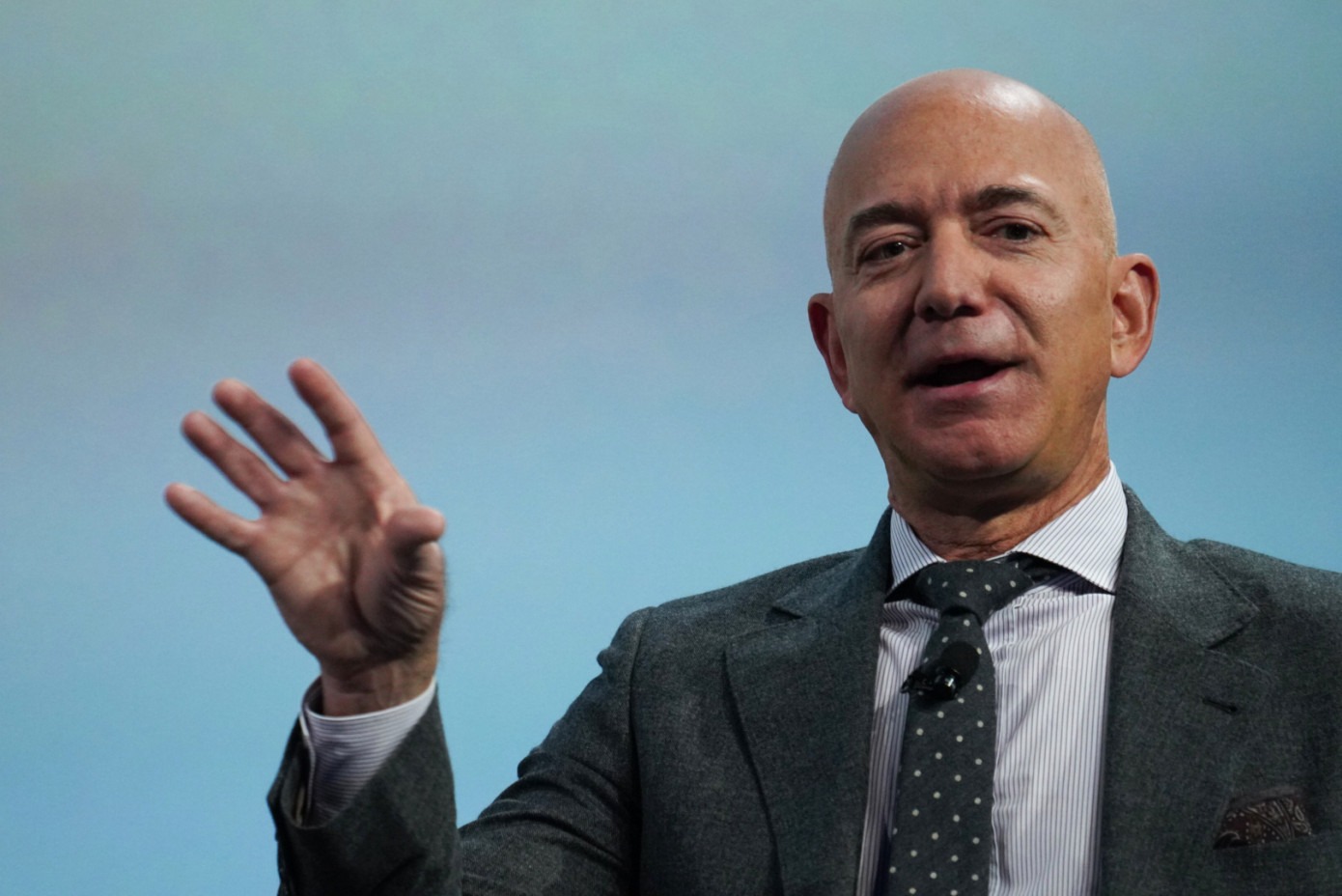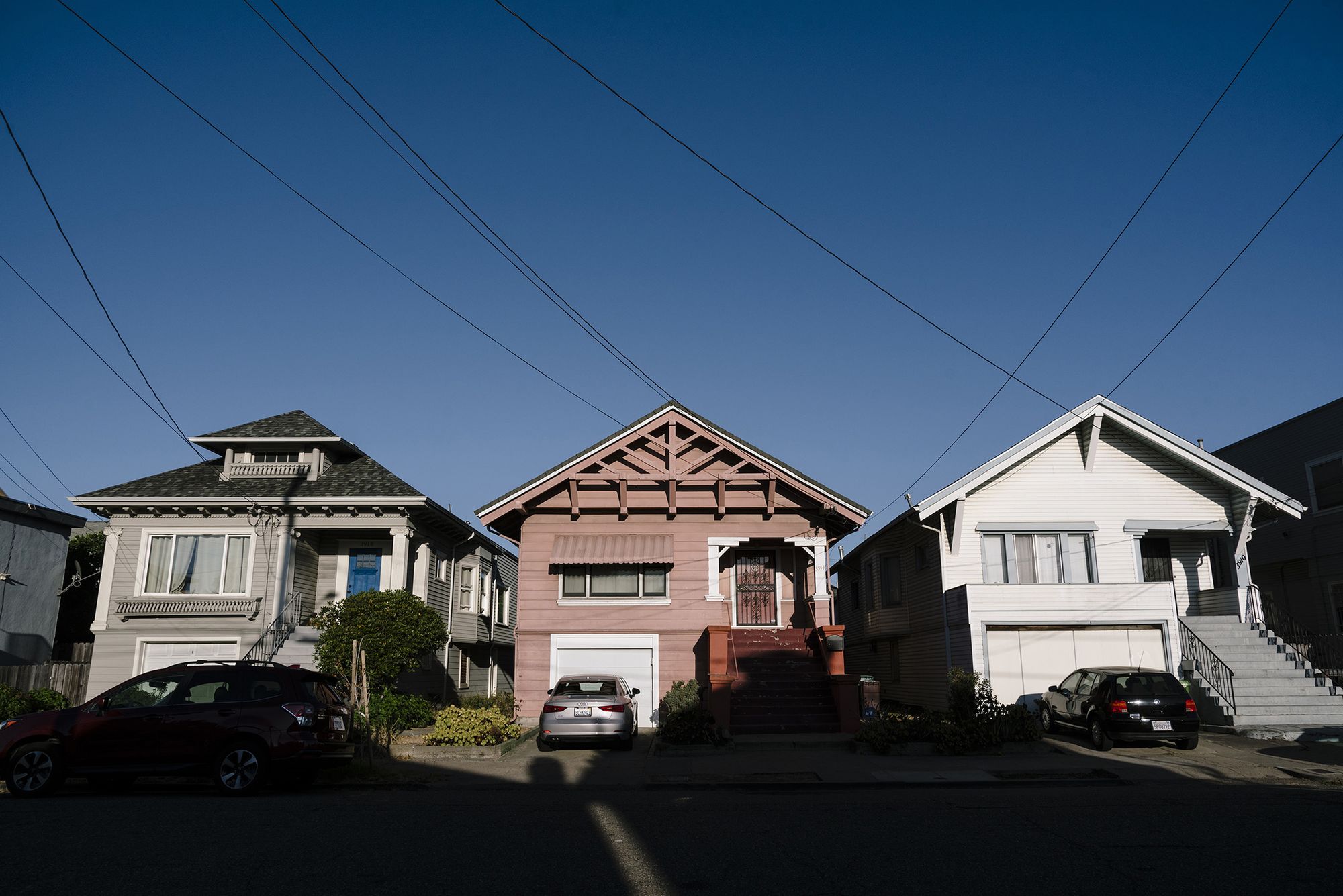COVID-19 has put over 30 million small businesses in America on the brink of collapse. The CARES Act, the largest stimulus package in history, has allocated over $350B to assist small businesses so that they can survive and that one day their employees, millions of whom have been laid off, can return to work.
To make sure you are getting the right advice, IMPACT has partnered with former Small Business Administration officials and experts to host a webinar that will address your most pressing questions
CARES Act Key Takeaways
These are tough conditions. Accessing stimulus benefits, learning how to extend your runway, taking care of your employees, and preparing for them to return to work are complex tasks. The CARES Act includes protections for payroll, loan forgiveness, loans, deferment of Social Security tax obligations, and tax credits for wages paid for small businesses.
Below are some high-level references and useful resources to get you started.
Loans and Grants:
There are a number of grant and loan options including emergency grants, EIDL Loans, and PPP loans. Though you can get both a PPP loan and an EIDL loan, you may not use both for the same purpose.
- Emergency grants for small businesses to cover operating costs within three days of applying for an SBA Economic Injury Disaster Loan (EIDL). This grant does not need to be repaid.
- To access: apply for an EIDL and then request the advance.
- Use of money: may be used to keep employees on payroll, to pay for sick leave, meet increased production costs due to supply chain disruptions, or pay business obligations, including debts, rent and mortgage payments.
- EIDL Loans, granted through the SBA
- Available to pay for expenses, such as payroll and operating expenses, that would have been paid by business operations had the disaster not occurred.
- PPP Loans granted through banks
- Any part of the loan allocated to keep payroll (for workers up to $100,000), keep workers on the books, pay healthcare, pay rent/mortgage interest, or utilities can be forgiven provided workers stay employed through the end of June.
Debt Forgiveness and Tax Credits:
The CARES Act also includes opportunities to take advantage of tax credits and debt forgiveness.
- Employee Retention Credit
- Refundable tax credit of 50% on qualifying wages (up to $10,000)
- Payroll Tax Postponement
- Postpone paying your share of Social Security for employees, with half due by December 31, 2021 and the remainder due by December 31, 2022.
- Forgiveness for Paycheck Protection
- Forgiveness sliding scale is based on employee count, total pay, and use of loan. See official resources for further guidance
Official Resources:
SBA Guide: https://www.sba.gov/funding-programs/loans/coronavirus-relief-options
Treasury Guide: https://home.treasury.gov/policy-issues/top-priorities/cares-act/assistance-for-small-businesses
Congress: https://www.congress.gov/bill/116th-congress/house-bill/748/text?loclr=bloglaw
OSHA: https://www.osha.gov/Publications/influenza_pandemic.html
Additional Resources:
Berkeley Law: https://www.law.berkeley.edu/research/business/cares-act-and-small-businesses/
National Law Review: https://www.natlawreview.com/article/congress-passes-cares-act-overview-relief-available-to-small-and-other-business
H&R Block: https://www.hrblock.com/tax-center/irs/tax-law-and-policy/cares-act-small-business/
COVID Biz Relief https://covid19bizrelief.com/










